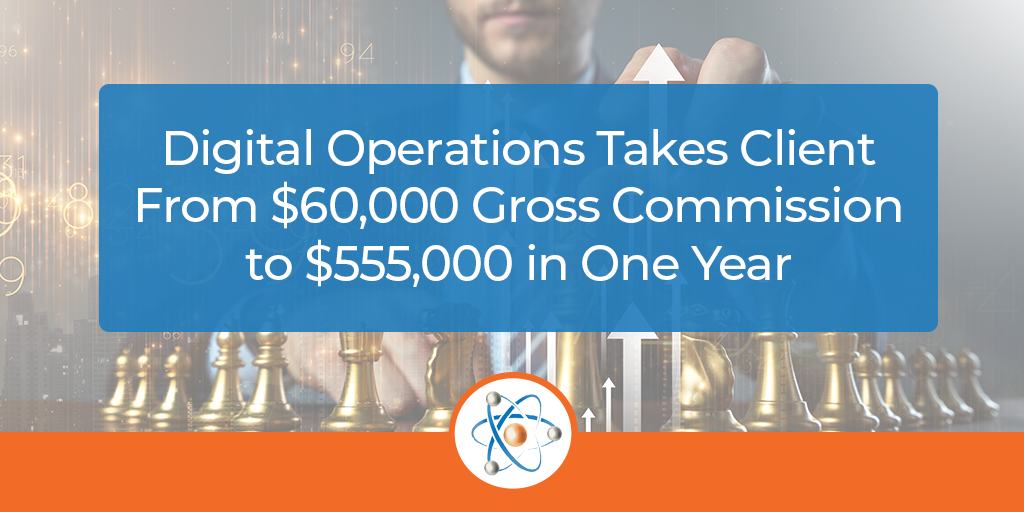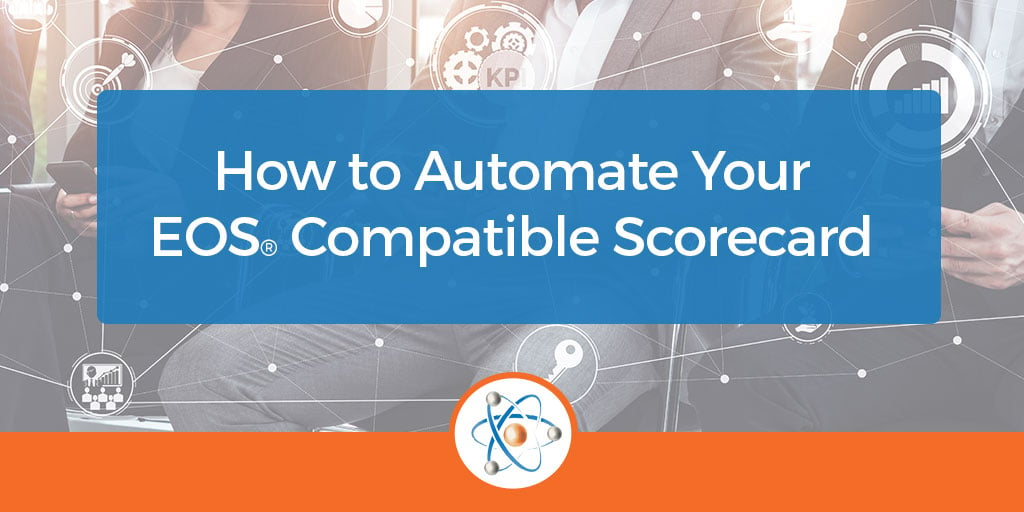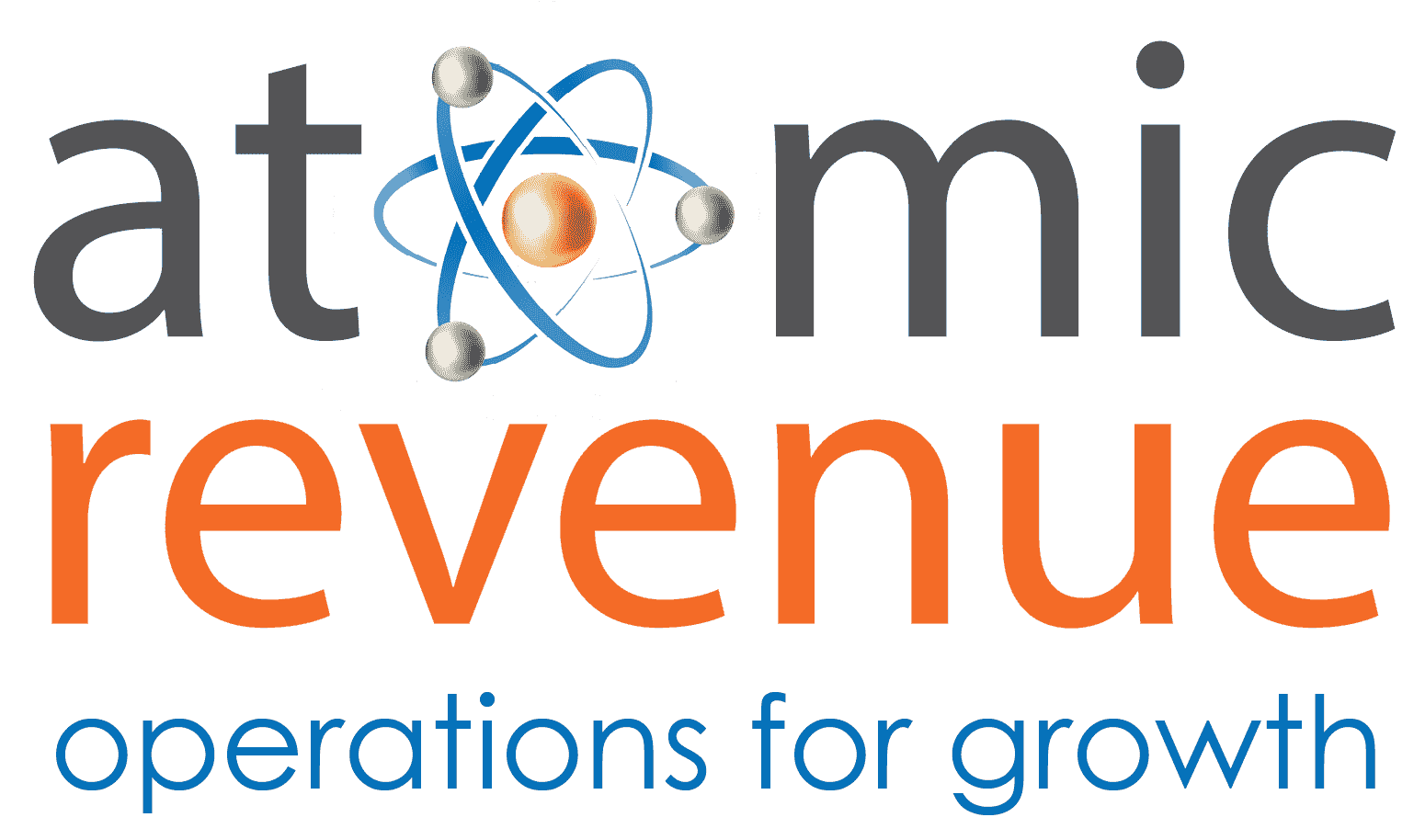In the modern business world, there are certain terms and phrases related to data that are important yet poorly understood because they’re often misused or made to seem overly complex. I’ve clarified the meaning of some of this terminology before, and today I want to talk about one specific adjective that you’ve probably seen countless times on LinkedIn, company websites (including this one), and business publications from Forbes to Fast Company: data-driven.
Last month, our team helped lead another edition of Midwest Manufacturing Advisers’ Tough Topics in Manufacturing webinar series, featuring speakers from Swip Systems, Mueller Prost, Evans & Dixon, and Atomic Revenue. In keeping with the theme, our panelists discussed manufacturing business strategies (both pre- and post-COVID), technology and remote working, employee safety, budgetary factors to consider in 2021, marketing and sales strategies, workplace environments, and more.
As more business moves online, people are working remotely and using digital tools more and more. The digital strategy conversation is increasingly relevant to today’s workplace. As a piece of this, it is important to understand where data comes from and if it is correct. More specifically, developing an understanding of what the data means brings strength to any digital strategy.
Digital Operations Takes Client From $60,000 Gross Commission to $555,000 in One Year
For decades, a nationwide commercial real estate brokerage specializing in triple-net lease property investments was very successful without a lot of marketing. Up until the last few years, they had healthy inbound leads from repeat clientele and referrals and required very few lead-generating activities. However, as competition increased and the market evolved with online services, business began to stagnate. That’s when they decided to try digital marketing to increase revenue, and, after a year of allocating time and money to the effort, their attempt failed.
The beauty of the EOS® model is that it provides consistent, repetitive guidelines and tasks that help you streamline how you monitor your business’s success through habit development. By using your EOS-compatible scorecard to set up your goals and keep them consistent, you’ll eventually track your actions out of habit, without thinking about the tracking aspect. It becomes second nature when you switch from thinking about HOW your tasks are tracked to accepting that the data IS tracked. This allows you to focus on developing actionable plans based on the reported data.

.png)







